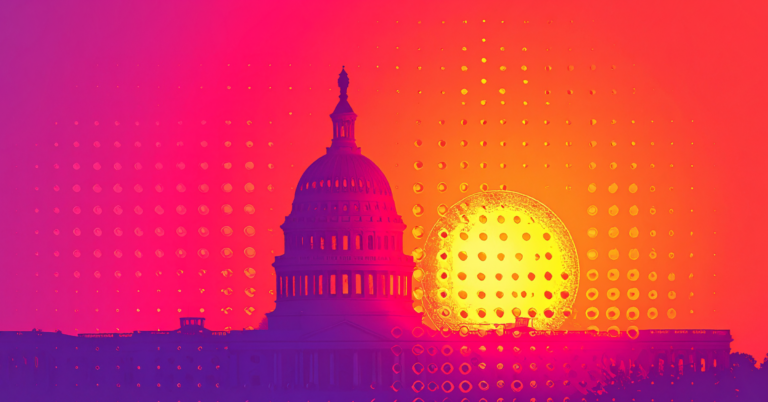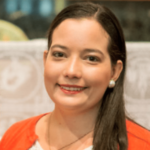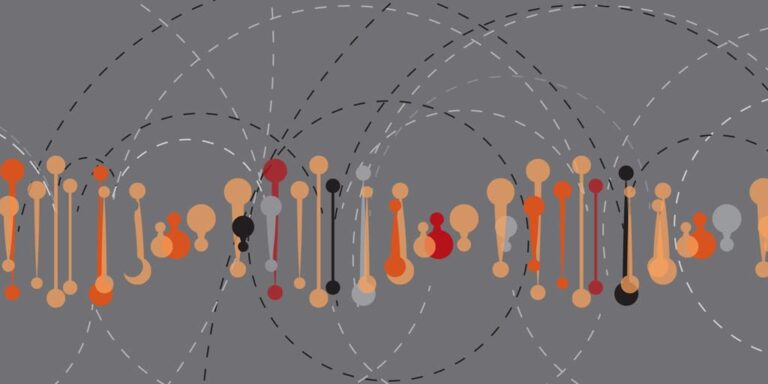When you think about the future, how far out in time are you imagining? When does the future “begin” for you? That point in time is something Futurists call a time horizon. At KnowledgeWorks, our foresight work typically has a time horizon of 10 years, such as the case of our newest comprehensive forecast, Forecast 5.0: Navigating the Future of Learning.
Among the many ideas explored in Forecast 5.0 is the notion that we are dealing with an accelerating rate of change due to many factors but mainly driven by the exponential advances of digital technology. During a recent webinar my colleagues and I held on the forecast, one of the participants asked why would we look 10 years ahead and not consider a shorter time horizon if the rate of change is accelerating? This participant rightly pointed out that technology will be quite different even three to five years from now.
We chose to keep the time horizon at 10 years for a variety of reasons. Forecasts that use strategic foresight methodology do not focus on short-term predictions in the way forecasts of quarterly earnings do. Nor are they the same as a traditional strategic plan (though exploring the longer-term future can be a useful step in creating such plans), which often focuses on what is happening in the immediate environment in the one to three year time horizon. Because strategic foresight is meant to help us explore novel possibilities and alternatives to our expected futures, a longer time horizon allows for the mental freedom to think as broadly as possible about the changes that are impacting a domain and to challenge and unpack assumptions that surround dominant views of the future. In addition, given various factors, including the complex, adaptive nature of our various education systems, the rate of change inside the system can often be slow despite the accelerating rate of change being experienced outside of education, creating a need to think beyond the length of time of a normal planning cycle.
To put it another way, it is our hope that our strategic foresight work helps stakeholders think differently about change and inspires them to create the future. A longer time horizon, like 10 years, can help people abandon the notion of a single point future, consider a wider range of possibilities and recognize that the external environment is always changing in both expected and unexpected ways.
When thinking about the future, what is your time horizon?
Learn more about Navigating the Future of Learning by watching our webinar, during which the authors discuss how the major societal shifts we are currently experiencing could shape education over the next ten years and beyond.





